Sometimes, the government does the right thing in the end.
Late last year, the Ministry of Economic Affairs (MOEA) decided to scrap a highly controversial plan to construct a 17.2km-long tunnel designed to divert water from Nanshi Creek (南勢溪) in New Taipei City’s Wulai District (烏來) to the upper reaches of Shihmen Reservoir (石門水庫) in neighboring Taoyuan.
As detailed last year in the July 27 Taipei Times (“Will Nanshi Creek be sacrificed on the altar of economic development?”), opponents of the project feared that constructing the tunnel would devastate a near-pristine watershed.
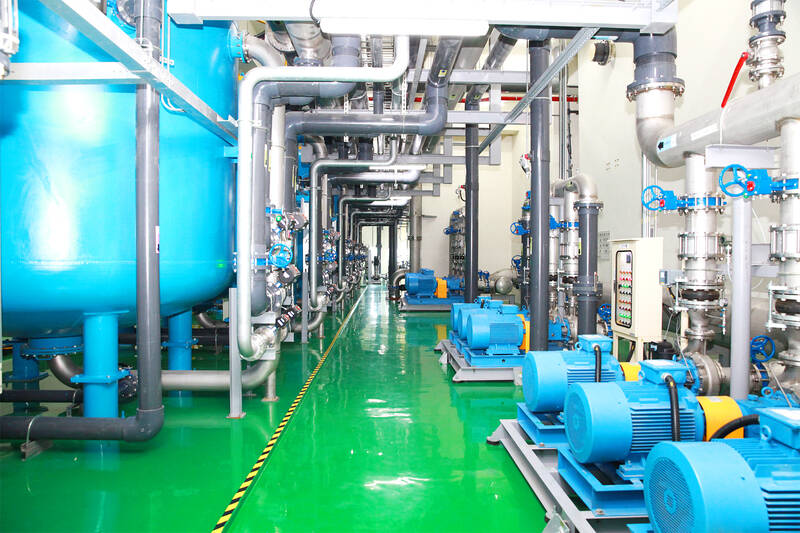
Photo courtesy of ASE
On Nov. 23, the MOEA’s Water Resources Agency (WRA) announced that the proposal had been withdrawn.
“Had the project been approved, it would’ve been a lose-lose situation for both taxpayers and the environment. Its shortcomings were so obvious that we didn’t accept the MOEA’s wish to suspend the process. Instead, we insisted that it be withdrawn completely,” says Huang Tai-hua (黃泰華), one of the activists who campaigned against the project.
“We see this as a case of using democratic mechanisms to protect the natural environment,” says Huang, CEO of the Taiwan Ecological Engineering Development Foundation.
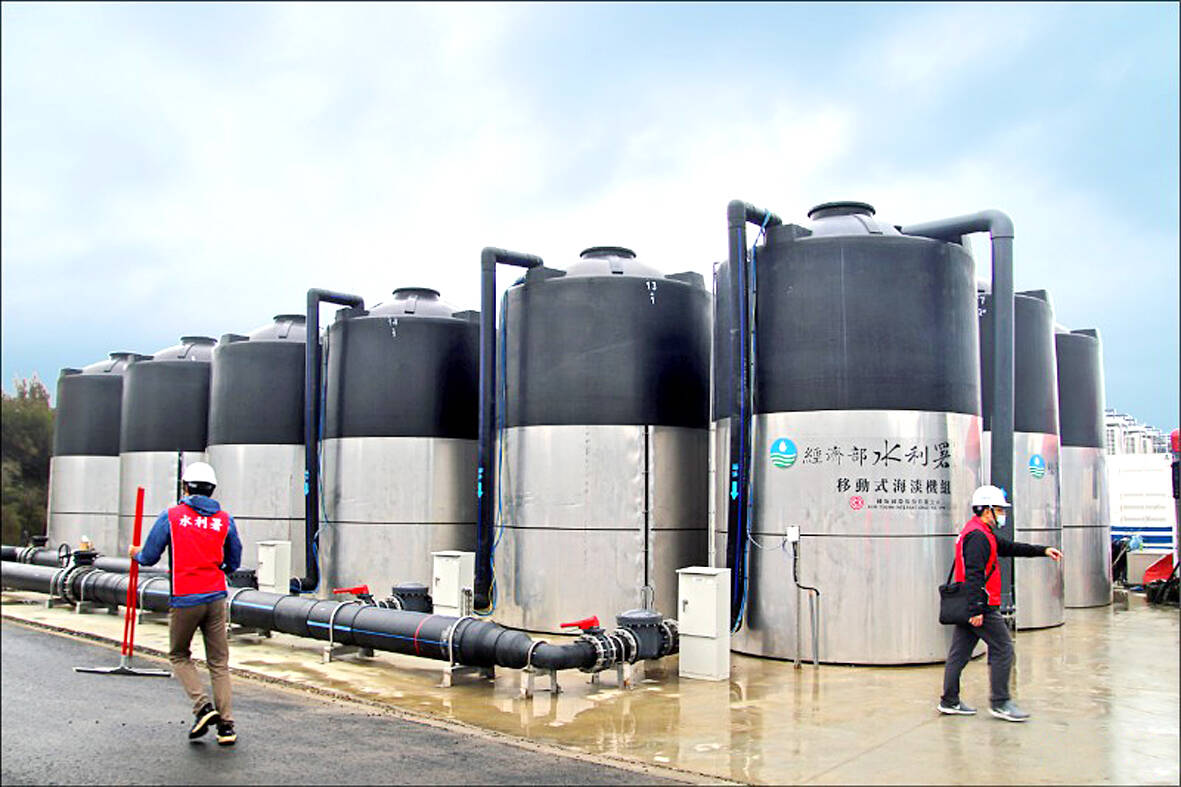
Photo: Huang Mei-chu, Taipei Times
FLAWED PROPOSAL
According to Huang, the major flaws in the proposal were the mistakes made by the WRA when selecting an upstream abstraction site, and that the tunnel would probably be ineffective in mitigating north Taiwan’s water woes.
Huang explains that he and fellow activists communicated these shortcomings to Control Yuan members Jao Yung-ching (趙永清) and Tien Chiu-chin (田秋堇), and also to Democratic Progressive Party Legislator Chiang Yung-chang (江永昌). Jao is honorary chair of the Jane Goodall Institute Taiwan and director of the Taiwan Black Bear Conservation Association; Tien was founding president of the Taiwan Environmental Protection Union’s Yilan branch.
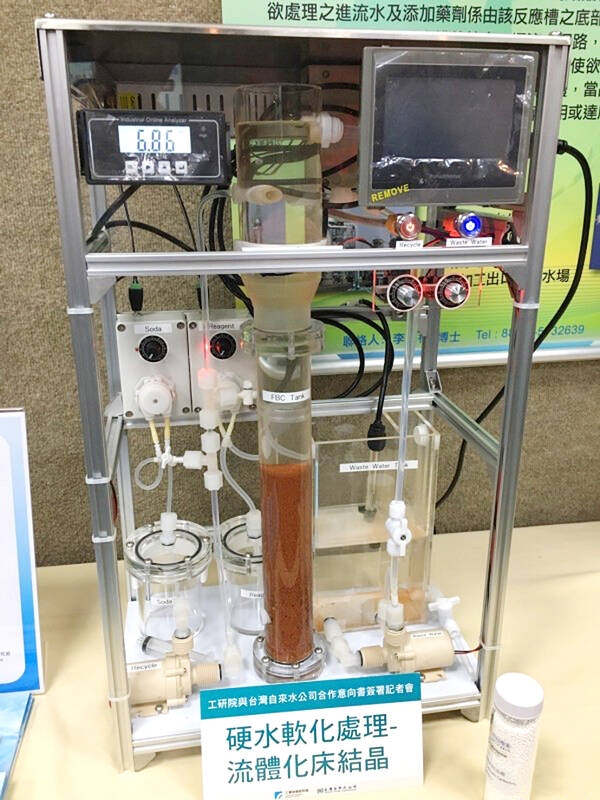
Photo: Yang Mian-chieh, Taipei Times
After visiting the watershed to gain an in-depth understanding of the project, Chiang, Jao and Tien joined forces with those pressuring the MOEA to drop the proposal.
“Throughout the process, we also expressed our views via the media, while trying to keep the topic pure. We didn’t want it to become a blue-green political issue, as that would’ve blurred the question,” says Huang.
Even so, because the project’s cancellation occurred just days before last year’s local elections, it’s hard not to suspect that more weight was attached to political factors than to environmental considerations. As late as Nov. 4, Minister of Economic Affairs Wang Mei-hua (王美花) hadn’t given up on the diversion tunnel, telling Chiang and other lawmakers that the MOEA was continuing its efforts to win over the Environmental Protection Administration, Wulai’s indigenous communities and other stakeholders.
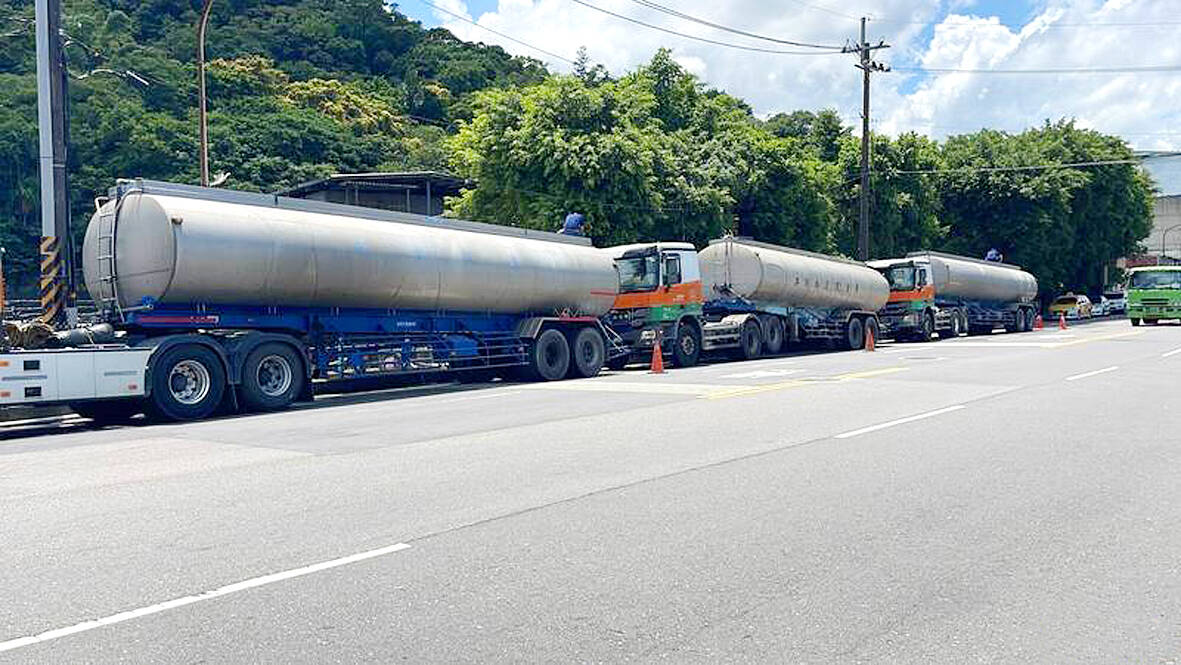
Photo: Lu Hsien-hsiu, Taipei Times
A separate Jan. 6 announcement by the MOEA is also reason for cautious water-related optimism.
OPTIMISM
New rules taking effect this month require entities that use more than 9,000 cubic meters of water per month to pay an additional NT$3 per cubic meter during the November-to-April dry season.
Taiwan Semiconductor Manufacturing Co (TSMC, 台積電), oil refiner CPC Corp, Taiwan (CPC, 台灣中油), AU Optronics Corp (AUO, 友達光電), Innolux Corp (群創光電) and Formosa Plastics Group (FPG, 台塑集團) are among the estimated 1,700 to 2,200 enterprises that can expect their water bills to rise.
Schools, hospitals, and other social welfare institutions are exempt. So too are farming and livestock operations deemed necessary for Taiwan’s food security.
For years, commentators have argued that, if water simply became pricier, households and industrial consumers would quickly find ways to reduce the amount they use — and shortages like those in 2021, which led to rationing and hampered the functioning of hydroelectric power plants, could be averted.
In an April 8 article last year about Taiwan’s water problems, Earth.org described the price of water as “jaw-droppingly low… among the lowest in the world” — a quarter of the average price in the US, and just one sixth of the cost in the UK.
The Legislative Yuan empowered the authorities to collect such fees back in 2016, but not until late 2021 — following several rounds of discussion and negotiation between the MOEA and representatives of various industries — was a draft formula published.
Implementation, originally scheduled for July last year, was pushed back for two reasons, local Chinese-language media reported. First, as inflation accelerated, the government dared not add to the cost pressures facing industry. Second — and more surprising, given the severity of the previous year’s drought — the authorities thought that the nation’s current water-supply situation was “stable.”
To encourage thirsty factories to find alternative sources of water, the new rules stipulate that seawater (which some industrial plants use to cool machinery), recycled water and rainwater collected on-site will not be included when calculating monthly water consumption.
What’s more, the additional tariff will be reduced to NT$2 per cubic meter or even NT$1 if enterprises reach water-recycling targets set by the MOEA. They will also enjoy tax breaks if their consumption of recycled water and/or seawater exceeds 6,000 cubic meters per month.
Revenues from this new tariff will go into the WRA’s Water Resources Operation Fund, and used to better manage water resources, promote water conservation, and develop renewable water resources.
However, the rate set, and the way in which it’s being introduced, may well diminish the impact of the new fee.
No one will have to pay the full NT$3 until June 2025. Until then the tariff is halved, the MOEA saying this is to give companies a chance to invest in water-saving technologies. Loss-making enterprises can also apply to defer payment of the tariff, or pay it in installments.
Both the NT$3 tariff and the 9,000 cubic meters per month threshold have been criticized as too low. A March 19, 2021 report by the Environmental Information Center (環境資訊中心, e-info.org.tw) quotes Taiwan Water Resources Protection Union Director Jennifer Nien (粘麗玉) as saying that the collection threshold should be no higher than 1,000 cubic meters per month, and that the levy should start at more than NT$3 per cubic meter.
She’s right in at least one sense. Because of Taiwan’s dense population, per capita rainfall is less than one eighth of the global average. Even though Taiwan’s 50 thirstiest enterprises account for almost half of the country’s water consumption, saving water is a responsibility that all should share.
Steven Crook, the author or co-author of four books about Taiwan, has been following environmental issues since he arrived in the country in 1991. He drives a hybrid and carries his own chopsticks. The views expressed here are his own.

Taiwan can often feel woefully behind on global trends, from fashion to food, and influences can sometimes feel like the last on the metaphorical bandwagon. In the West, suddenly every burger is being smashed and honey has become “hot” and we’re all drinking orange wine. But it took a good while for a smash burger in Taipei to come across my radar. For the uninitiated, a smash burger is, well, a normal burger patty but smashed flat. Originally, I didn’t understand. Surely the best part of a burger is the thick patty with all the juiciness of the beef, the
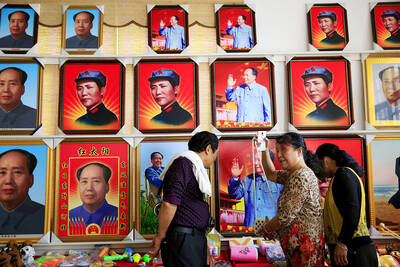
The ultimate goal of the Chinese Communist Party (CCP) is the total and overwhelming domination of everything within the sphere of what it considers China and deems as theirs. All decision-making by the CCP must be understood through that lens. Any decision made is to entrench — or ideally expand that power. They are fiercely hostile to anything that weakens or compromises their control of “China.” By design, they will stop at nothing to ensure that there is no distinction between the CCP and the Chinese nation, people, culture, civilization, religion, economy, property, military or government — they are all subsidiary

Nov.10 to Nov.16 As he moved a large stone that had fallen from a truck near his field, 65-year-old Lin Yuan (林淵) felt a sudden urge. He fetched his tools and began to carve. The recently retired farmer had been feeling restless after a lifetime of hard labor in Yuchi Township (魚池), Nantou County. His first piece, Stone Fairy Maiden (石仙姑), completed in 1977, was reportedly a representation of his late wife. This version of how Lin began his late-life art career is recorded in Nantou County historian Teng Hsiang-yang’s (鄧相揚) 2009 biography of him. His expressive work eventually caught the attention

This year’s Miss Universe in Thailand has been marred by ugly drama, with allegations of an insult to a beauty queen’s intellect, a walkout by pageant contestants and a tearful tantrum by the host. More than 120 women from across the world have gathered in Thailand, vying to be crowned Miss Universe in a contest considered one of the “big four” of global beauty pageants. But the runup has been dominated by the off-stage antics of the coiffed contestants and their Thai hosts, escalating into a feminist firestorm drawing the attention of Mexico’s president. On Tuesday, Mexican delegate Fatima Bosch staged a